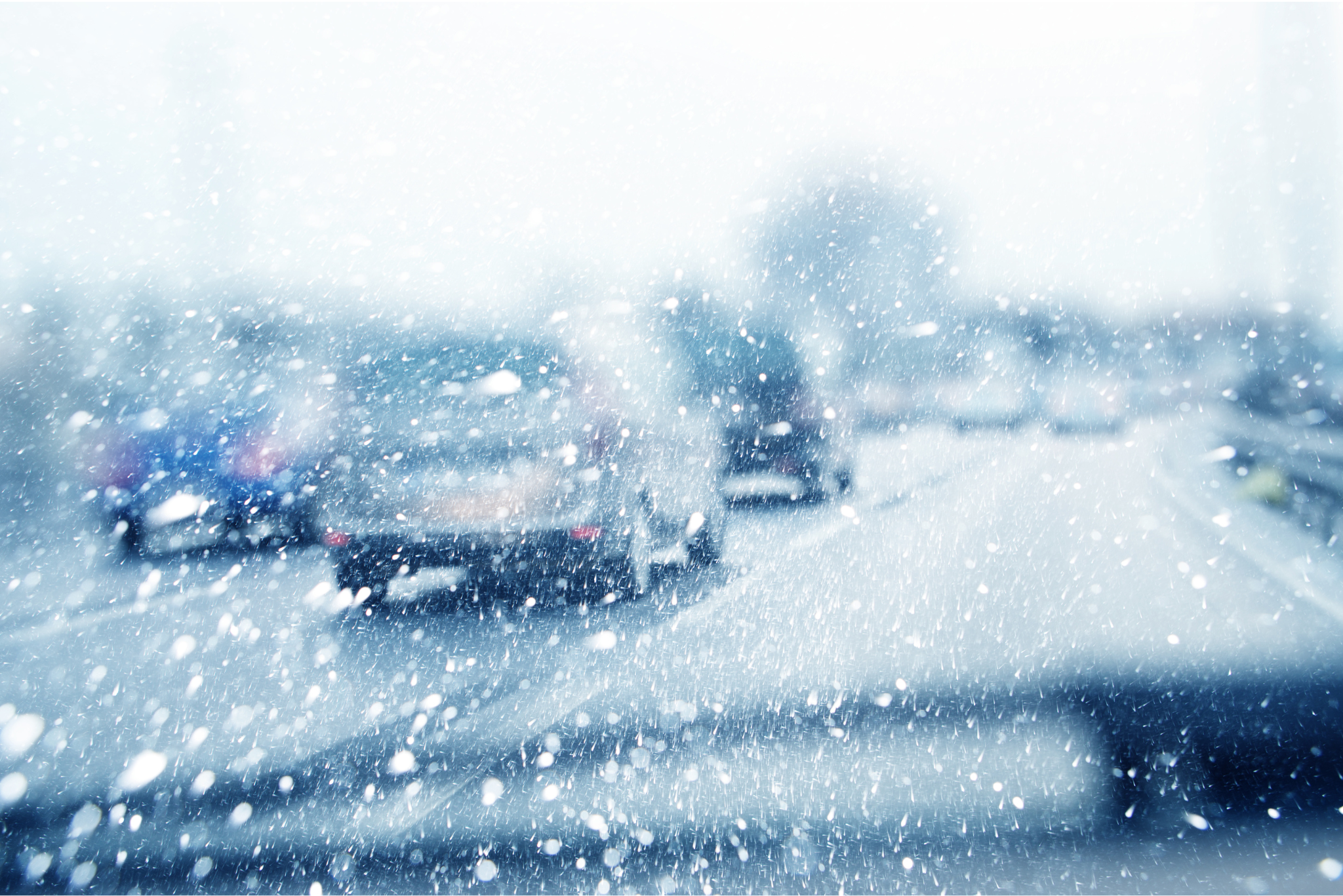When winter blankets Colorado in a layer of snow and ice, the pristine landscape is a breathtaking sight to behold. However, beneath the picturesque exterior lies a potentially destructive force: snow. Snow, with its beauty and charm, can also bring damage to your vehicle, particularly your windshield. In this blog, we'll delve into the science of snow and windshield damage, helping you understand the reasons behind these common winter woes and how to protect your auto glass.
1. Thermal Stress:
One of the most significant culprits in snow-related windshield damage is thermal stress. When your windshield is heated, such as through the defrosting process, the temperature differential between the cold exterior and the warm interior can cause the glass to expand unevenly. This expansion and contraction create stress on the glass and can lead to the formation of cracks and chips.
2. Snow Impacts:
As you drive, your vehicle's windshield encounters a barrage of snow, often in the form of blowing snow or ice pellets. These impacts can cause minor damage like chips and dings. Over time, if not repaired promptly, these small issues can escalate into larger cracks that compromise the structural integrity of the glass.
3. Snowplow Debris:
Snowplows play a vital role in keeping roads clear, but they can inadvertently contribute to windshield damage. Snowplows may send ice, snow, and debris flying onto your windshield. The impact of these objects can result in cracks and dings that require professional attention.
4. Freezing and Thawing Cycles:
Colorado's winter weather is marked by freezing temperatures at night and warmer daytime conditions. These frequent freezing and thawing cycles can be particularly harsh on your windshield. The expansion and contraction of the glass during these temperature swings can exacerbate existing damage and lead to the formation of new cracks.
5. Snow Cleaning Mistakes:
In the effort to clear your windshield of snow and ice, it's essential to use the right tools and techniques. Using metal scrapers or sharp objects can scratch the glass and lead to additional damage. Additionally, pouring hot water on a cold windshield can cause the glass to crack due to rapid temperature changes.
6. Prevention and Care:
To protect your windshield from snow-related damage, consider these preventive measures:
- Use a soft snow brush to gently remove snow and ice.
- Park in a garage or use a windshield cover during snowstorms.
- Repair small chips and cracks promptly to prevent them from spreading.
- Keep your defrosting process gradual to reduce thermal stress.
In conclusion, understanding the science of snow and windshield damage is the first step in preventing and addressing issues that can arise during the winter season. Proper care, timely repairs, and taking precautions can help ensure that your windshield remains in good condition, allowing you to enjoy the snowy Colorado landscape without the worry of auto glass damage. If you find yourself in need of windshield repair or replacement, Quick-Set Auto Glass is here to assist, ensuring you can continue to embrace the beauty of Colorado's winters with a clear and safe view.
From all of us here at Quick-Set Auto Glass, drive safely out there!

